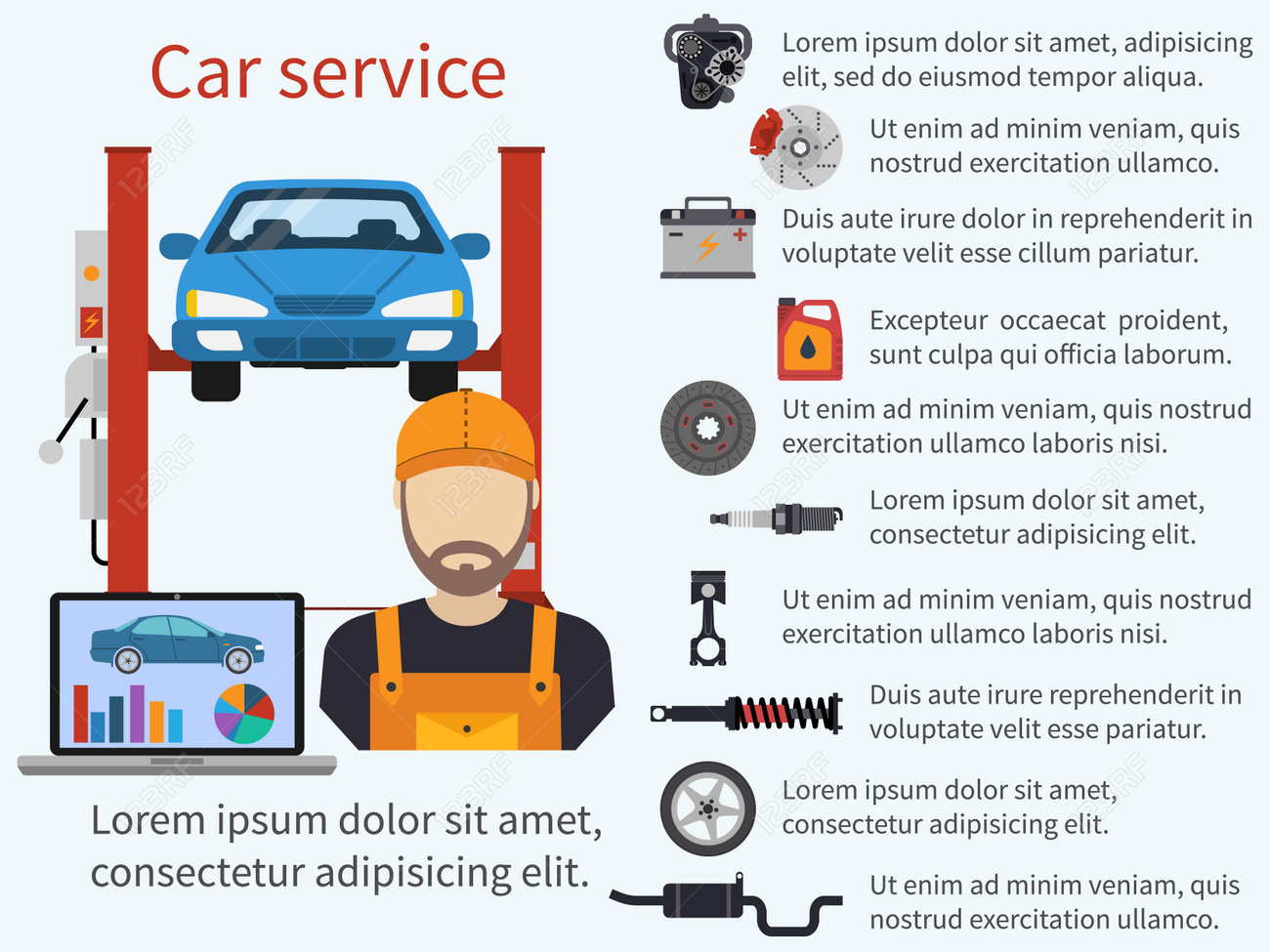Understanding Your Car'S Caution Lighting: What Do They Actually Mean?
Understanding Your Car'S Caution Lighting: What Do They Actually Mean?
Blog Article
Web Content Create By-Faulkner Dalgaard
When you lag the wheel, those beautiful caution lights on your dashboard can be a bit puzzling. Do you understand what they're attempting to inform you about your automobile's health? Understanding the value of these lights is crucial for your security and the long life of your automobile. So, the following time among those lights pops up, would not you wish to analyze its message accurately and take the required steps to address it?
Common Warning Lighting and Interpretations
Identify typical caution lights in your vehicle and comprehend their definitions to guarantee safe driving.
The most typical warning lights include the check engine light, which signals problems with the engine or exhausts system. If this light begins, it's important to have your lorry examined quickly.
The oil stress cautioning light indicates low oil pressure, needing immediate focus to avoid engine damages.
A blinking battery light might recommend a damaged charging system, possibly leaving you stranded otherwise attended to.
The tire stress tracking system (TPMS) light notifies you to low tire stress, affecting lorry security and gas efficiency. Disregarding https://fernandosnibx.blogrelation.com/37319349/comprehend-the-basic-actions-to-find-a-reliable-vehicle-service-center-that-will-certainly-guarantee-your-vehicle-stays-in-prime-condition-your-car-is-qualified-to-the-finest-service-available could lead to dangerous driving problems.
The abdominal muscle light suggests a trouble with the anti-lock stopping system, compromising your capacity to stop promptly in emergencies.
Finally, the coolant temperature warning light warns of engine getting too hot, which can result in serious damage otherwise solved swiftly.
Understanding these typical warning lights will assist you deal with problems promptly and maintain secure driving conditions.
Relevance of Prompt Interest
Recognizing the typical caution lights in your car is only the primary step; the importance of without delay addressing these cautions can't be stressed sufficient to ensure your security when traveling.
When a warning light illuminates on your control panel, it's your vehicle's method of interacting a potential problem that requires attention. Overlooking these cautions can lead to much more serious problems down the road, jeopardizing your security and possibly costing you extra out of commission.
Motivate focus to alerting lights can protect against break downs and mishaps. As an example, a flashing check engine light could suggest a misfire that, if left ignored, might cause damage to the catalytic converter. Addressing this without delay can save you from a costly repair service.
Similarly, car detauling cautioning light could signal reduced brake liquid or worn brake pads, critical parts for your safety when driving.
Do It Yourself Troubleshooting Tips
If you see a warning light on your control panel, there are a few do it yourself troubleshooting tips you can try prior to seeking expert assistance.
The first step is to consult your auto's manual to understand what the certain caution light suggests. Often the problem can be as straightforward as a loosened gas cap setting off the check engine light. Tightening cardetailingnz might fix the problem.
Another common problem is a reduced battery, which can activate different alerting lights. Checking the battery connections for rust and guaranteeing they're secure may fix the issue.
If a caution light persists, you can attempt resetting it by separating the car's battery for a few mins and then reconnecting it. In addition, examining your car's liquid levels, such as oil, coolant, and brake liquid, can aid fix alerting lights related to these systems.
Conclusion
Finally, understanding your automobile's caution lights is important for maintaining your vehicle running smoothly and safely. By promptly dealing with these signals and knowing what they imply, you can prevent expensive repairs and prospective breakdowns.
Remember to consult your automobile's guidebook for specific information on each alerting light and do something about it accordingly to ensure a trouble-free driving experience.
Keep informed, stay risk-free when traveling!
